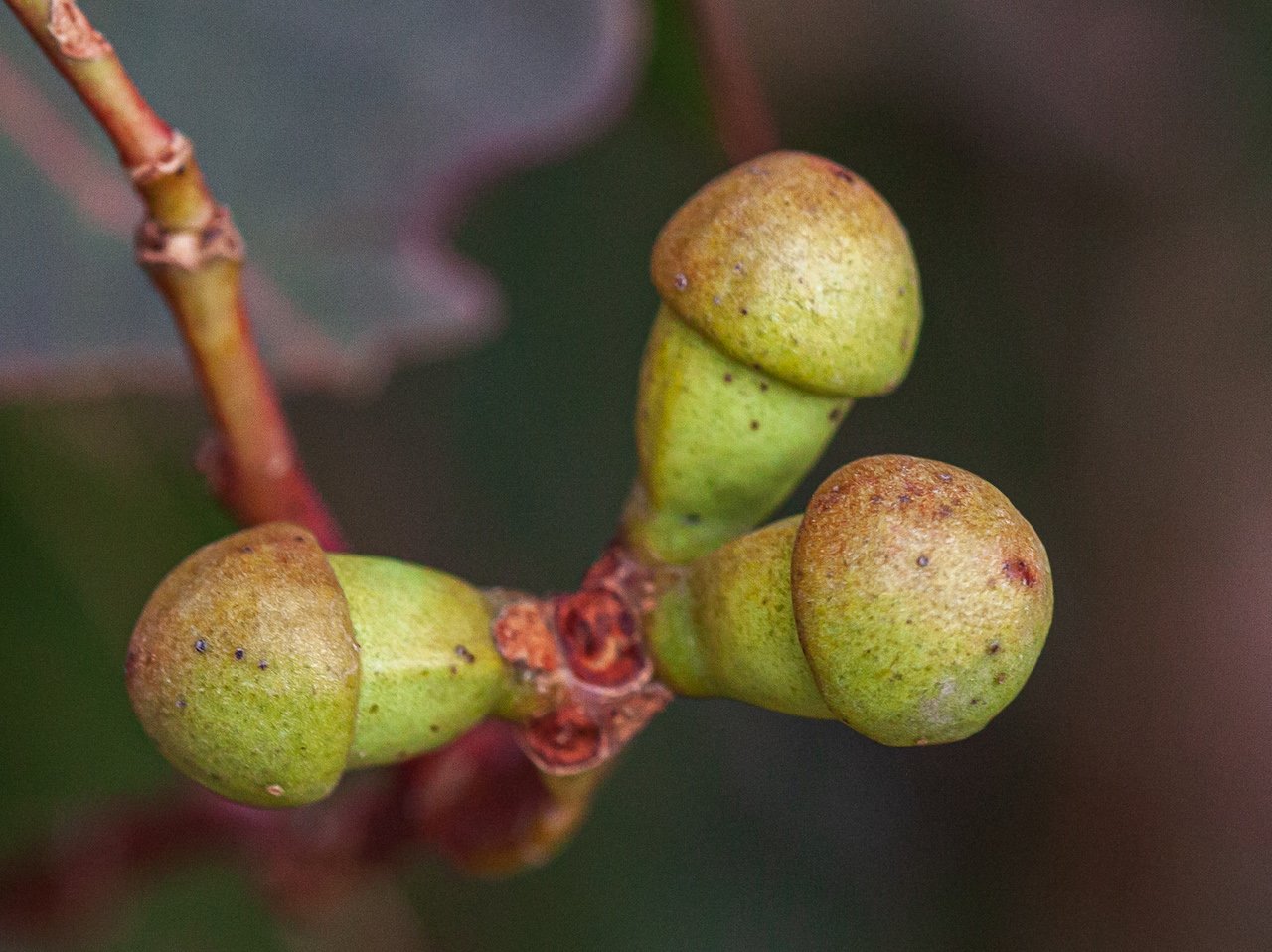
In this blog series we look at the indigenous trees of the Peel/Bindjareb region. This month we profile the Tuart or Euclayptus gomphocephala.
Tuarts are the largest of the six forest giants of south-western Australia. Each mature specimen plays host to various other fauna and flora, perhaps most importantly the endangered Carnaby’s black cockatoo. The first nations Noongar people regarded these trees almost like relatives - of the Tuarts, Elders are recorded as saying ‘These old people, they were kind to us, they gave us shelter, they gave a home to the birds and many other animals and insects too’
Tuarts, with their crumbly pale grey bark, were once known as White Gums, giving their name to the Perth suburb of White Gum Valley. The species name Euclayptus gomphocephala comes from the Greek, ‘gomphos’ (club) and ‘cephale' (head). This refers to the flower buds, which are very distinctive and also resemble little ice cream cones.
The dense yellow wood is very durable and water resistant, and was exported in times past. Though less popular than jarrah, it was used for railway carriages, boat building and fine furniture. Many areas have remnants of Tuart forest including state reserves, parks and even some urban developments where the trees have been protected.
North of Busselton you will find the largest remaining section of pure Tuart forest in the state, home to giants that measure 10 metres in girth with an average height of 33 metres. Definitely worth a visit for locals and visitors alike!
Call Branching Out for all your Mandurah tree service needs.
